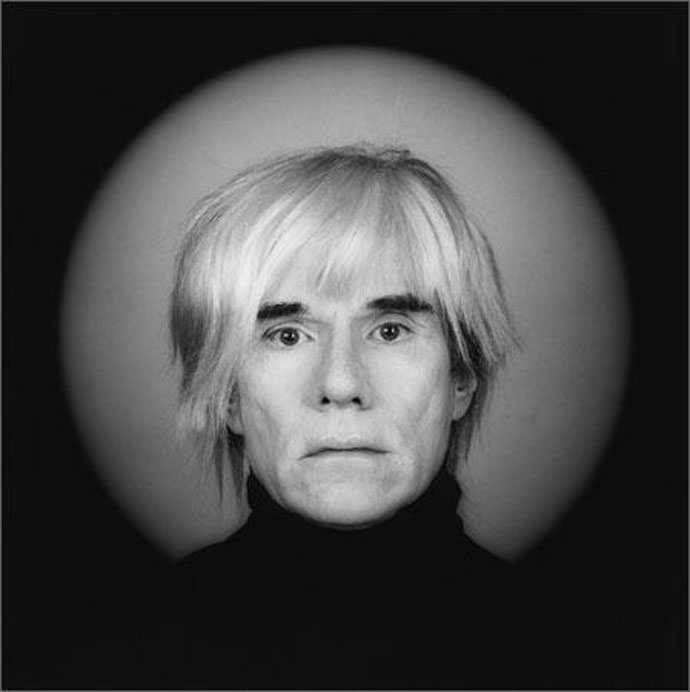Screen Printing

A long long time ago…
Screen Printing (AKA silk screening, serigraph) began over a millennia ago during the Song Dynasty in China. Within the past 100 years, however, this printmaking technique has been widely utilised in the western world by artists and commercial processes alike, making it possibly the most common form of modern printmaking.

https://www.logos-unlimited.co.uk/services/printing
Process
Screen Printing is the process of creating an image built up with different colour layers, which has it’s origins in ancient stencilling techniques. The name screen printing/silk screening finds its meaning through the use of silk or synthetic mesh stretched around a wooden or metal frame.
To create the image layer, light-sensitive emulsion is applied to the screen; once dried the image is placed on top of the emulsion layer and is exposed to high levels of UV light; this ‘sets’ the emulsion around the artist’s design leaving the masked area unset. This unset area is then washed away leaving a very accurate outline of the artist’s design.
Once cleaned, the screen can be exposed again to help make sure that the emulsion is fully ‘set’. When this part of the process is complete, the screen can now be used as many times as needed.

http://www.sfy.org.uk/services/screen-printing/
To begin the printing process, the screen is fixed to a screen bed with a hinged bracket, which allows the printer to raise and lower the screen between prints. Tape is used to border the design and to mask out any areas of the screen that you do not want to be contacted by the ink.
Once the screen has been fully prepared, ink is applied directly to the taped area of the screen and using a ‘squeegee’ the ink is dragged over the stencilled image; the ink is forced through the mesh and onto the paper, wood, plastic, fabric underneath the screen.

https://www.saxoprint.co.uk/blog/screen-printing-process
As the ‘squeegee’ passes over the image, the taught screen lifts away from the paper leaving the the desired image. This can be done as many times as needed, as long as ink isn’t left to dry in the gaps in the mesh.
It is common that this process of preparing the screens will need to be repeated several times for each full design, as each colour needs to be prepared separately.
Modern Screen Priniting History
In the early 1900’s an Englishman named Samuel Simon patented the first screen printing machine; the main use of which, was to create luxury wallpaper on silk and cotton using cut stencils and push the ink through the screen with a brush.. In these early days of western screen printing, many of the techniques and processes were kept as closely guarded secrets of industry and it wasn’t until three San Francisco based print-makers, Charles Peter, Roy Beck and Edward Owens experimented with photo-reactive chemicals and photo-imaged stencils in 1910’s, that significant and progressive developments were made. No longer were techniques kept secret and screen printing became an extremely popular commercial and artistic practice, free to progress and expand.
Andy Warhol
Pop artist, Andy Warhol’s name is synonymous with screen printing or ‘serigraphy’ (the term used by artists to separate their work from the commercial process). In the 1960’s he championed the technique creating iconic images, which are still widely regarded as highly influential, revolutionary works of art.

One such artwork, ‘Marilyn Diptych’ 1962, boosted Warhol’s work into the mainstream. Weeks after Monroe’s death, Warhol produced 50 replicated images of a publicity photograph from her starring role in ‘Niagara’. The transition between the bright, colourful left side and the monochromatic, fading right side evokes themes of mortality, celebrity culture, and the futility of which.

http://www.tate.org.uk/art/artworks/warhol-marilyn-diptych-t03093
Warhol’s choice of using screen printing lent itself perfectly to his project and allowed more meaning to be taken in; watching the iconic visage of Marilyn Monroe shine brightly and then fade almost completely into a ghostly image. The power in this piece is magnified by Warhol’s use of repetition, reflecting the corporate consumerist nature of advertising, repeating images again and again until they become old, ineffective and of no use.
This is a great example of how screen printing can be used, not only as a means of creating multiple prints of an existing artwork, but as a legitimate artistic process for the fabrication of new original work.
References
http://www.catspitproductionsllc.com/screen-printing-history.html
www.saxoprint.co.uk/blog/screen-printing-process
www.logos-unlimited.co.uk/services/printing
www.sfy.org.uk/services/screen-printing
http://www.printa.com/blog/post/history-and-technique-behind-silk-screening
http://www.estout.com/designthreads/archive/History-08_16-History_of_Screen_Printing.asp
http://www.tate.org.uk/art/artworks/warhol-marilyn-diptych-t03093
